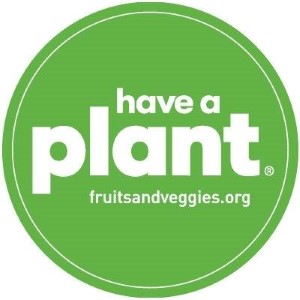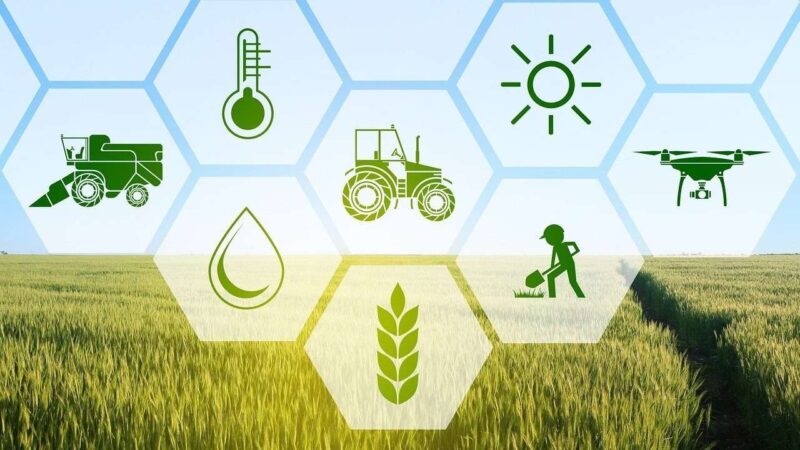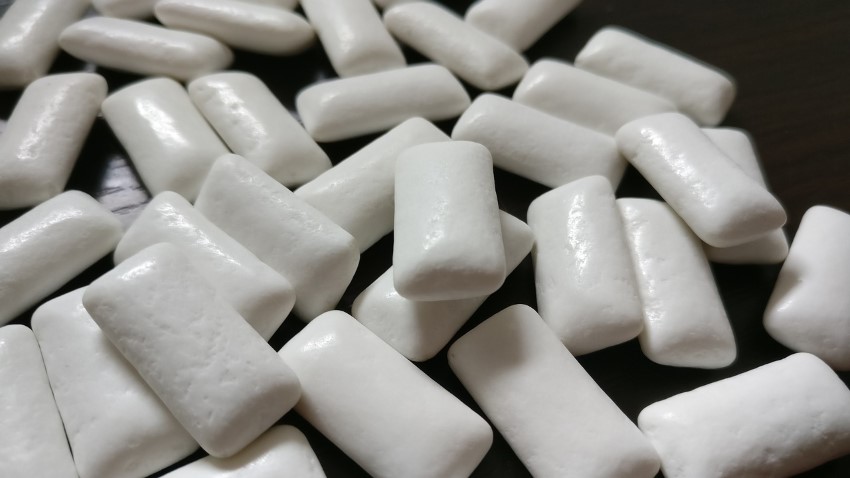Written by: Vonnie Estes, VP of Innovation, International Fresh Produce Association
Vonnie’s role as VP of Innovation at International Fresh Produce Association is to bring technology to the produce industry across the supply chain, bridging the gap between technology innovators and producers to identify and solve pressing needs. Her career has been driven by a passion for agriculture, technology, and sustainability. She has held leadership roles with some of the largest multinational organizations along with start-ups.
Ag has always been an innovative industry. We’ve always had to contend with external forces from weather to policy changing the way we grow, pack, transport, and serve food. We’ve also been committed to forecasting and anticipating those changes so we can future-proof our food supply and be ready to adapt to new challenges and to take advantage of new opportunities. Here are some of the areas of opportunity that I’m watching all the time:
Fresh Ideas
Our industry is constantly thinking of new ways to do food. Within the past year, we’ve seen companies come out with new products and packaging that change the way our consumers experience produce. For example, Jac. Vandenburg Inc. was recognized at IFPA’s Global Show for their home-compostable grape bags, addressing consumer concerns about single use plastic. We are also seeing new product development addressing consumer trends around interest in snacking, convenience, and social sharing.
The Era Of Climate-Smart Agriculture Practices

Tomatoes are grown under cover and protected from the elements in Red Sun Farms' Virginia Tomato Greenhouse facility. Credit: Where The Food Comes From
Agriculture has always had to be climate aware, which uniquely positions our industry to take the lead in climate smart practices. There are a variety of practices that fall under this umbrella, including practices to increase yield or productivity; enhance resilience in response to pests, drought, disease, and more; as well as carbon smart practices. These areas are tightly connected, and successful solutions will incorporate them all. One of the keys to the success of climate-smart practices will also be how we educate consumers on the practices.
Some of the solutions coming to produce are truly changing the way we see food. In one example, IFPA Fresh Field Catalyst Accelerator participant, Sound Agriculture is looking to dramatically decrease the use of fertilizer by introducing a product that works with microbes already in the soil. The result would be to increase yield, nutritional value, and decrease the environmental impact on the soil and the environment.
One of the biggest areas of Climate-Smart Agriculture is Controlled Environment Agriculture or CEA. CEA looks to remove the unpredictability of forces like weather, by getting out of the fields entirely and growing closer to the end consumer reducing transport miles. Accelerator participant, Netled is just one solution in vertical farming. In their approach, not only can you control the environment around the plant, but they are also looking to significantly lower the impact on the environment as well.

Inside look at Red Sun Farms' Virginia Tomato Greenhouse facility. Credit: Where The Food Comes From
Surprising Ways Innovation Is Changing How We See & Eat Food
When we say “ag innovation” many people think about robotics and automation, and that is definitely part of it. One more example from the Accelerator is Nexus Robotics who are looking to solve labor and sustainability issues by developing a robot that can move through fields and pluck weeds from the fields. This is an essential task, but with dire shortages of labor, it allows the industry to utilize people in other critical roles.
While we’re likely a ways off from seeing robots in all fields across the world, there are places where we can see great changes now.
While at the Consumer Electronics Show (CES), a hotspot for innovation, we saw a few very creative ways technology is changing the way we see food. One company, Blok, has come out with what they’re calling the “Peloton of the kitchen” with a smart cutting board. The board comes with a screen that can broadcast cooking classes and step by step recipes while cooking. Samsung is even coming out with an oven that can warn you if something is at risk of burning.
One innovation that is in the works and could completely fly under the radar is regarding PLU stickers. Those little stickers that you see on fruits and vegetables allow for consumers to purchase items in bulk without requiring bags, clamshells or other packaging. Currently, these stickers are not home-compostable. There are companies who have been granted federal funds to accelerate the innovation for a home compostable PLU sticker. It may seem simple, but it will continue to let consumers purchase just what they want (without needing to purchase prepackaged produce) while also addressing concerns of single use plastic.
Ultimately, a crucial aspect of these innovations is to enable consumers access to the industry’s efforts to ensure consistent delivery of abundant, tasty and healthy produce to their tables.
To learn more about ag innovations in technology, visit freshproduce.com/resources/technology.
The post Innovative Ag: Future Proofing The Produce Industry first appeared in The Foundation for Fresh Produce’s Have A Plant® blog.
About The Foundation For Fresh Produce And Have A Plant® Movement


The Foundation for Fresh Produce’s vision is to grow a healthier world by changing the trajectory of human health. The produce industry has the potential to provide solutions for many of the world’s greatest health and economic challenges – especially those surrounding nutrition and hunger.
The Foundation focuses on improving the appeal of fruit and vegetables as an integral part of people’s diets, supporting the development of infrastructure and supply chain solutions that provide easier access, and establishing strategic alliances that enable children and families to form healthier eating habits.
The transformative Have A Plant® Movement inspires consumers with compelling reasons to believe in the powerful role fruits and vegetables can play to fuel happy, healthy and active lifestyles.


